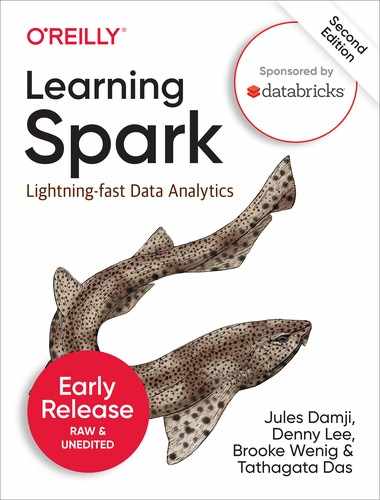Book Description
Data is getting bigger, arriving faster, and coming in varied formats—and it all needs to be processed at scale for analytics or machine learning. How can you process such varied data workloads efficiently? Enter Apache Spark.
Updated to emphasize new features in Spark 2.x., this second edition shows data engineers and scientists why structure and unification in Spark matters. Specifically, this book explains how to perform simple and complex data analytics and employ machine-learning algorithms. Through discourse, code snippets, and notebooks, you’ll be able to:
- Learn Python, SQL, Scala, or Java high-level APIs: DataFrames and Datasets
- Peek under the hood of the Spark SQL engine to understand Spark transformations and performance
- Inspect, tune, and debug your Spark operations with Spark configurations and Spark UI
- Connect to data sources: JSON, Parquet, CSV, Avro, ORC, Hive, S3, or Kafka
- Perform analytics on batch and streaming data using Structured Streaming
- Build reliable data pipelines with open source Delta Lake and Spark
- Develop machine learning pipelines with MLlib and productionize models using MLflow
- Use open source Pandas framework Koalas and Spark for data transformation and feature engineering
